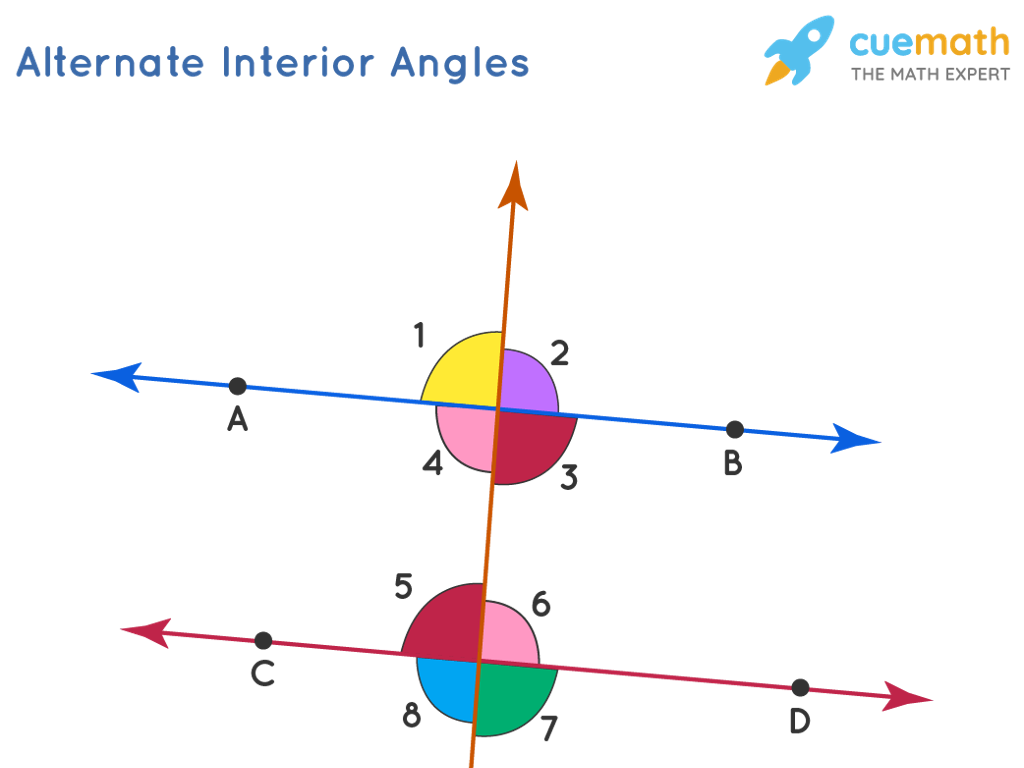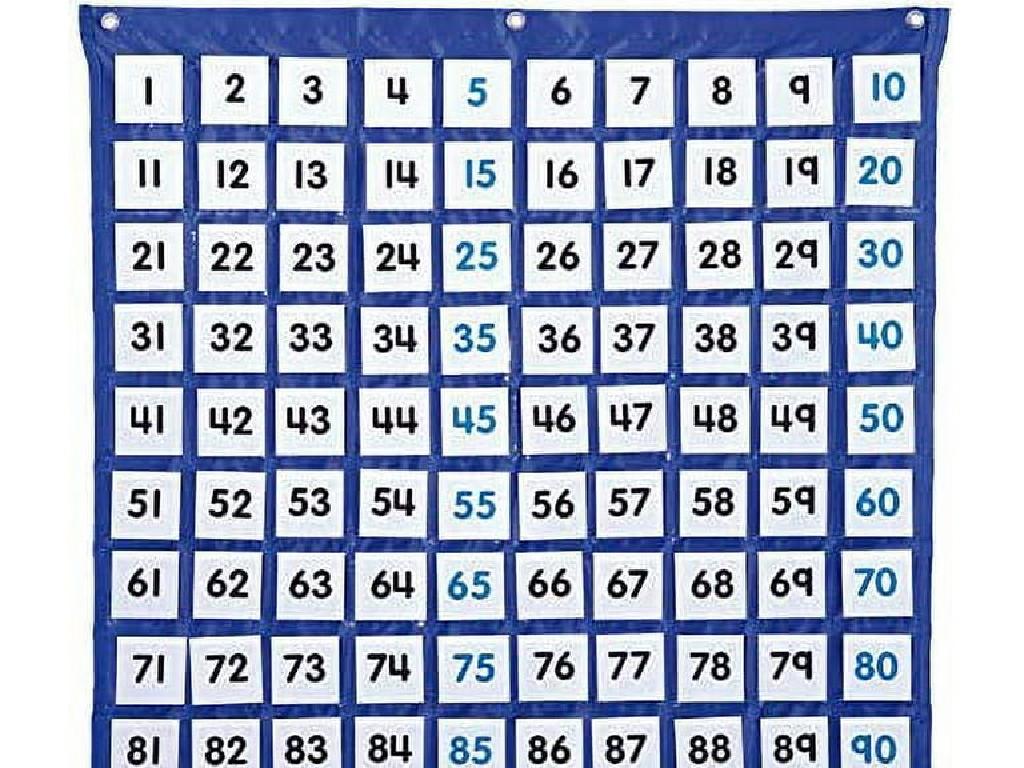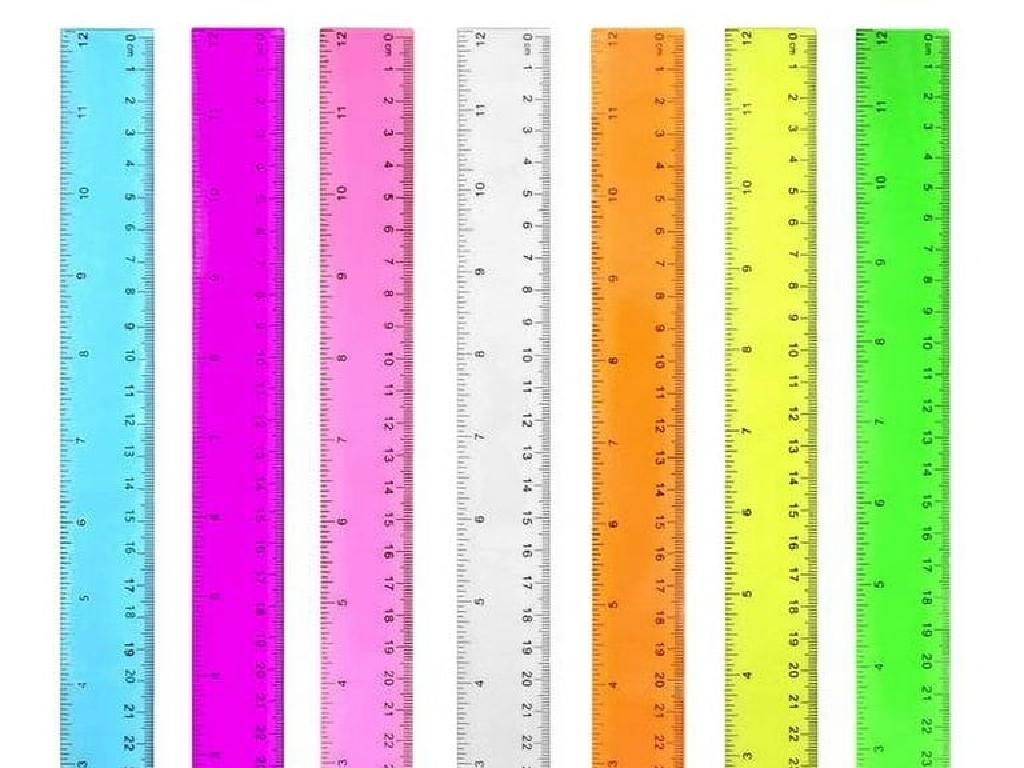Percent Error: Word Problems
Subject: Math
Grade: Seventh grade
Topic: Percents
Please LOG IN to download the presentation. Access is available to registered users only.
View More Content
Understanding Percent Error
– Percents in daily life
– Used in shopping discounts, weather forecasts, and more
– What are percents?
– A percent represents a part out of 100
– Exploring percent error
– Measures accuracy of estimates vs. actual values
– Solving word problems
– Apply percent error formula to real scenarios
|
This slide introduces the concept of percents and their relevance to everyday situations, such as calculating discounts or predicting the weather. Begin with a simple explanation that a percent is a fraction of 100, making it easier for students to grasp. Then, transition to the main topic of percent error, which is a way to determine how accurate an estimate or measurement is compared to the actual value. Provide students with the percent error formula: Percent Error = |(Estimated Value – Actual Value) / Actual Value| x 100%. Use word problems that students can relate to, such as estimating the cost of groceries or the time it takes to get to school, to practice calculating percent error. Encourage students to think critically about the importance of accuracy in various real-life situations.
Understanding Percent Error
– Define percent error
– The difference between estimated and actual values, expressed as a percentage.
– Significance of percent error
– Helps measure the accuracy of estimations or measurements.
– Real-world percent error uses
– Used in fields like chemistry, engineering, and economics to validate results.
– Calculating percent error
– Use the formula: (|Actual Value – Estimated Value| / Actual Value) x 100%
|
Percent error is a mathematical tool used to determine the accuracy of a value. It is the absolute value of the difference between the estimated value and the actual value, divided by the actual value, all multiplied by 100%. This concept is crucial for students to understand as it applies to various real-world scenarios, such as scientific experiments where precision is important, or in financial estimates where budgeting accurately can be critical. When discussing real-world applications, provide examples such as measuring ingredients in a recipe or estimating the cost of a shopping list. Encourage students to think critically about why accuracy is important in these contexts and how percent error can be a useful measure of reliability.
Calculating Percent Error
– Understand Percent Error formula
– |(Exact – Approximate) / Exact| × 100%
– Identify Exact and Approximate Values
– Exact Value: true measure; Approximate Value: estimated measure
– Work through an example
– If a book is 200 pages (Exact) but you guess 180 (Approximate), what’s the error?
– Discuss the importance of Percent Error
|
This slide introduces the concept of Percent Error, a crucial tool in measuring accuracy in various fields such as mathematics, science, and engineering. Start by explaining the formula and its components: Exact Value, which is the true or accepted value, and Approximate Value, which is the estimated or measured value. Work through a simple example, such as estimating the number of pages in a book, to illustrate how to calculate Percent Error. Emphasize that Percent Error helps us understand the accuracy of our approximations and is essential for comparing the reliability of different measurements. Encourage students to think critically about why accuracy is important and where they might need to use Percent Error in real life.
Percent Error: Solving Word Problems
– Read the problem together
– Highlight key information
– Look for actual and measured values
– Calculate percent error
– Use formula: Percent Error = |(Actual – Measured) / Actual| x 100%
– Discuss our results
– Understand the significance of the percent error in real-world scenarios
|
This slide is aimed at engaging the class in a collaborative problem-solving activity focused on percent error. Start by reading the word problem aloud to the class, ensuring that everyone understands the context. Next, work together to identify the important information, such as the actual value and the measured or estimated value. Guide the students through the calculation of percent error using the formula, making sure to discuss the absolute value and the reason for multiplying by 100 to get a percentage. After calculating, lead a discussion on what the percent error indicates about the accuracy of the measurement and its possible implications in real-world situations. This exercise will help students grasp the concept of percent error and its practical applications.
Calculating Percent Error: Complex Word Problem
– Understand a complex problem
– Discuss strategies for solution
– Break down the problem, use formulas, estimate
– Individual percent error calculation
– Use the formula: Percent Error = |(Experimental Value – Theoretical Value)| / Theoretical Value × 100%
– Class review of solutions
|
This slide introduces students to a more complex percent error word problem. Start by ensuring that students understand the problem fully. Discuss various strategies they can use to solve the problem, such as breaking it down into smaller parts, using the percent error formula, and making estimates to check their work. Students should then work individually to calculate the percent error, applying the formula correctly. Afterward, bring the class together to review the solutions. This will help students to see different approaches to the problem and understand common mistakes to avoid. Encourage students to explain their reasoning during the review to reinforce their understanding.
Common Mistakes in Percent Error Problems
– Always take the absolute value
– Percent error is |(Exact – Approximate)/Exact| x 100%
– Exact vs. Approximate Values
– Know which value is measured and which is theoretical
– Convert decimal to percentage
– Multiply by 100 to change 0.25 to 25%
– Review and double-check work
|
When teaching percent error, it’s crucial to emphasize the importance of taking the absolute value to avoid negative percent errors, which don’t make sense in this context. Students often confuse the exact (theoretical) value with the approximate (measured) value, so it’s important to practice identifying each. Converting the decimal answer to a percentage is a step that is frequently overlooked, so remind students to always multiply their decimal by 100. Lastly, encourage students to review their work to catch any of these common errors. Provide practice problems that include these potential pitfalls to reinforce the correct methods.
Percent Error: Practice Problems
– Work on problems in pairs
– Discuss and collaborate with your partner
– Teacher will provide support
– Ask questions if you’re unsure about a problem
– Share solutions with the class
– Explain how you got your answers
|
This slide sets up a collaborative classroom activity focused on solving percent error word problems. Students should be paired up to encourage teamwork and peer learning. As they work through the problems, they should be discussing their thought processes and strategies with each other. The teacher should move around the room to observe the pairs, offer guidance, and answer any questions that arise. This is also an opportunity to assess students’ understanding of the concept in a practical context. At the end of the activity, pairs can share their solutions and methods with the class, fostering a collaborative learning environment. Possible activities could include calculating percent error in measurements, estimating in real-life scenarios, or correcting miscalculations in given problems.
Class Activity: Exploring Percent Error
– Measure a set distance with various methods
– Calculate percent error for each
– Use the formula: Percent Error = |(Experimental Value – Theoretical Value)| / Theoretical Value × 100%
– Determine the most accurate method
– Discuss reasons for accuracy differences
– Consider factors like measurement tools and techniques
|
In this interactive class activity, students will engage with the concept of percent error by measuring a predetermined distance using different methods (e.g., ruler, tape measure, stride length). After the measurements, they will calculate the percent error for each method using the provided formula. This will help them understand the importance of precision in measurements and the relevance of percent error in real-life scenarios. The discussion will focus on which method yielded the most accurate result and why, considering factors such as the reliability of tools and measurement techniques. This activity will reinforce their understanding of percent error and its applications. Possible measurement methods could include using a string, a wheel measure, or even estimating by sight. The goal is to provide a practical understanding of the concept of percent error.
Review and Reflection: Percent Error
– Recap of percent error concepts
– Percent error measures accuracy of estimates or measurements.
– Significance of percent error
– Understanding percent error is crucial for evaluating the precision of calculations in various fields.
– Engage in Q&A session
– Reflect on today’s learning
– Consider how percent error can apply to real-life scenarios.
|
This slide aims to consolidate the students’ understanding of percent error and its applications. Begin by reviewing the key concepts, including the formula for calculating percent error and its components. Emphasize the importance of percent error in assessing the accuracy of measurements and estimates, which is a valuable skill in scientific experiments, financial estimates, and everyday calculations. Encourage students to ask questions to clarify any doubts, ensuring they leave the class with a solid understanding of the topic. Conclude with a reflection on how the concept of percent error can be seen in real-world situations, such as cooking, shopping, or in the science lab, to reinforce the practical relevance of what they’ve learned.
Homework: Mastering Percent Error
– Solve assigned word problems
– Explain reasoning for each step
– Write down why you chose each mathematical operation
– Utilize available resources
– Remember to use your textbook, notes, and online tutorials for help
– Review today’s lesson on percent error
|
This homework assignment is designed to solidify the students’ understanding of percent error through practical application in word problems. Encourage students to not only find the answers but also to articulate the rationale behind each step they take, as this will deepen their comprehension of the concepts. Remind them to refer back to the lesson’s materials, use their textbooks, and seek online resources if they encounter difficulties. This reflective approach to homework will help them prepare for future lessons on percents and develop problem-solving skills. For the teacher: consider preparing a diverse set of problems with varying complexity and provide guidance on where students can find similar examples in their textbooks or online.






